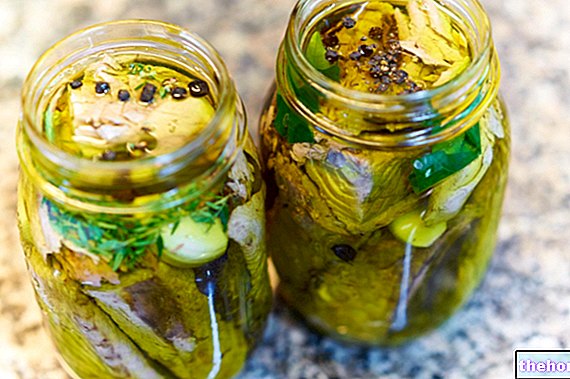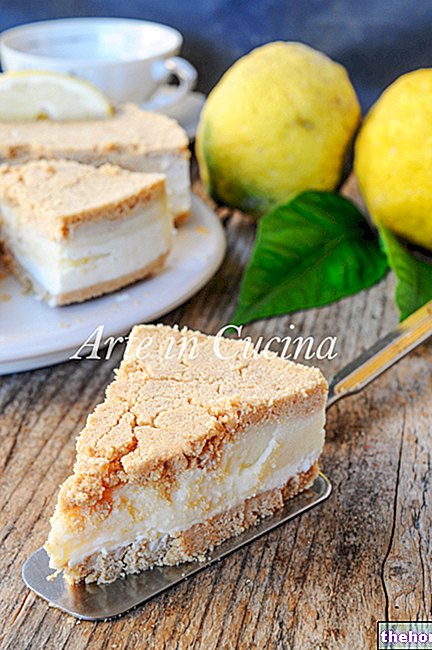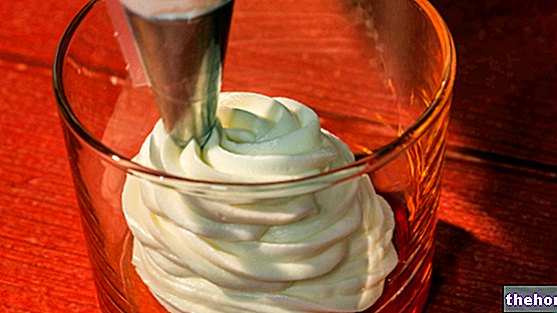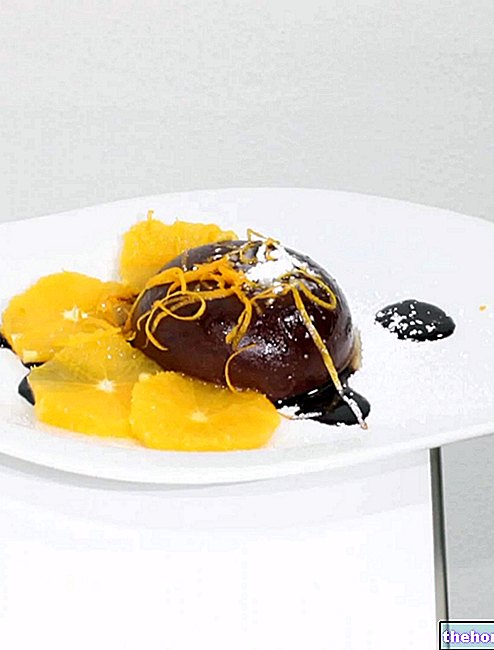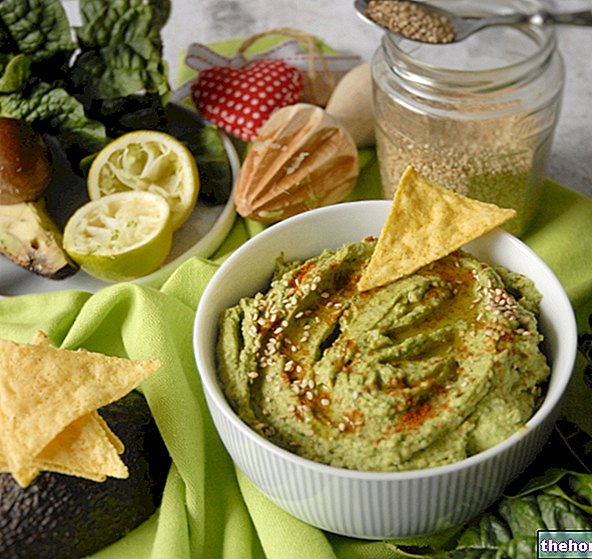If I say Masala, what comes to your mind? Maybe, the term doesn't tell you much So let's try the term “Curry”: you understand what I mean, right?
Curry is a compound consisting of a powerful blend of spices, widely used in the East to flavor soups, stews and countless other recipes. The flavor and intensity of curry can vary according to the brand: some are very strong and spicy, others are delicate and light. Let's make it at home and personalize the curry by choosing the spices we like best.
Video of the Recipe
Problems with playing the video? Reload the video from youtube.
Identity Card of the Recipe
- 342 KCal Calories per serving
-
Ingrediants
- 1 tablespoon of turmeric powder
- 1 teaspoon of cumin seeds
- 1 teaspoon of fennel seeds
- 1/4 teaspoon of coriander seeds
- 2 pieces of cloves
- 1 piece of cinnamon
- 4 peppercorns
- 1 teaspoon of mustard seeds
Materials Needed
- Mortar with pestle
- Jar with screw cap
Preparation
- Put the spices (coriander seeds, cumin seeds, fennel seeds, cloves, cinnamon, black pepper and mustard seeds) in a mortar and reduce them to powder with the help of a pestle. Mix the powder obtained with the turmeric powder.
Did you know that
There are many types of Curry, which differ according to the spices that compose it, the quantity of spices, the intensity of the flavor and the color.
For example, to make a curry spicier and more powerful, you can add chilli, coriander and cardamom; to make the curry sweeter, you can increase the dose of cinnamon; to change color (eg green curry) you can add basil.
The main ingredient of curry is represented by turmeric, a spice with countless properties: anti-inflammatory, antioxidant, antirheumatic, anti-aging, immunostimulating, digestive and choleretic- The flavor can be modulated by adding other spices such as: nutmeg, chilli, cardamom, fenugreek, ginger, mace, anise, garlic, etc.
- Collect the curry in a jar with a screw cap and store in a dry place, away from light. Consume within a couple of months.
Alice's comment - PersonalCooker
Curry is a truly excellent spice preparation: it not only aromatizes food, but also allows us to reduce the dose of salt and benefit from the therapeutic properties of the spices we used. Discover all the Curry Recipes!Nutritional values and Health Comment on the recipe
Homemade Curry is a basic recipe, which belongs to the condiments group.
It has a significant energy intake, mainly provided by carbohydrates, followed by lipids and finally proteins.
Fatty acids are mainly monounsaturated, proteins with low biological value and complex carbohydrates.
Cholesterol is absent and fibers are very abundant.
Thanks to the high content of antioxidants, Homemade Curry is suitable for diets against metabolic pathologies.
It does not contain lactose and gluten, therefore it lends itself to the diet for related intolerances.
It could be contraindicated in food therapies for stomach and intestinal diseases.
It is relevant to vegetarian and vegan philosophies.
There is no medium portion.


